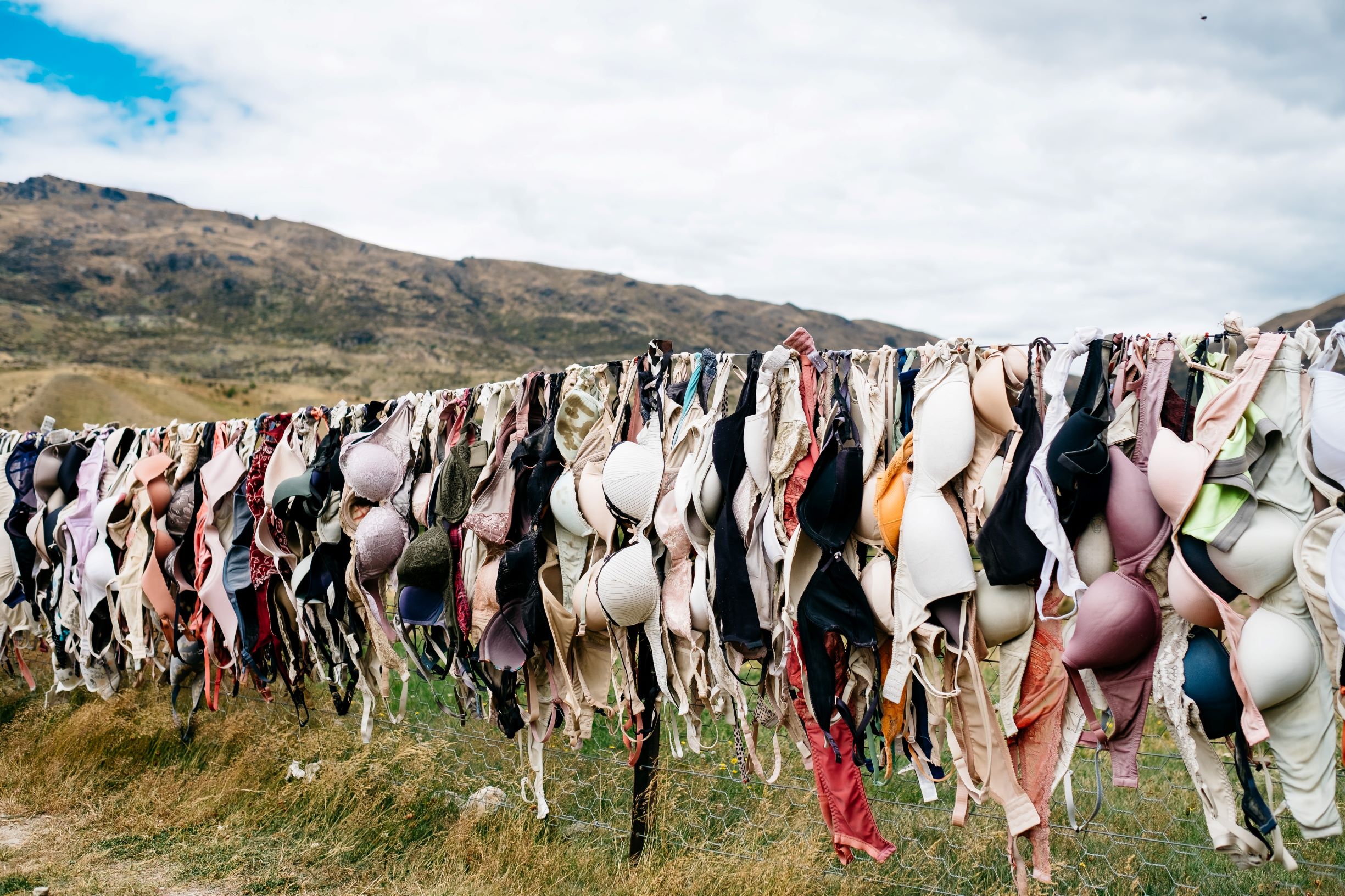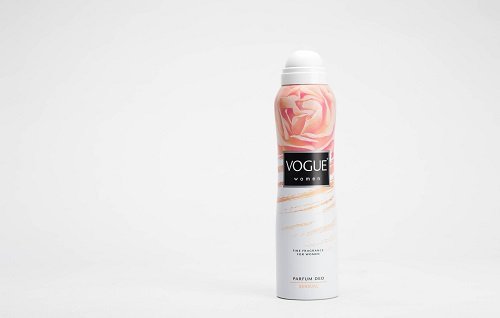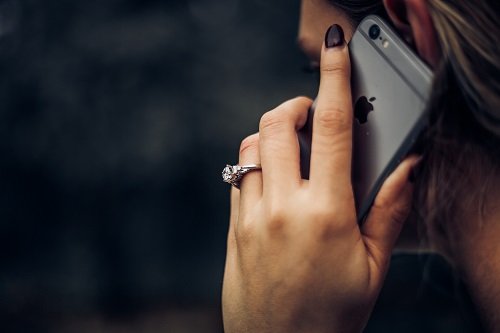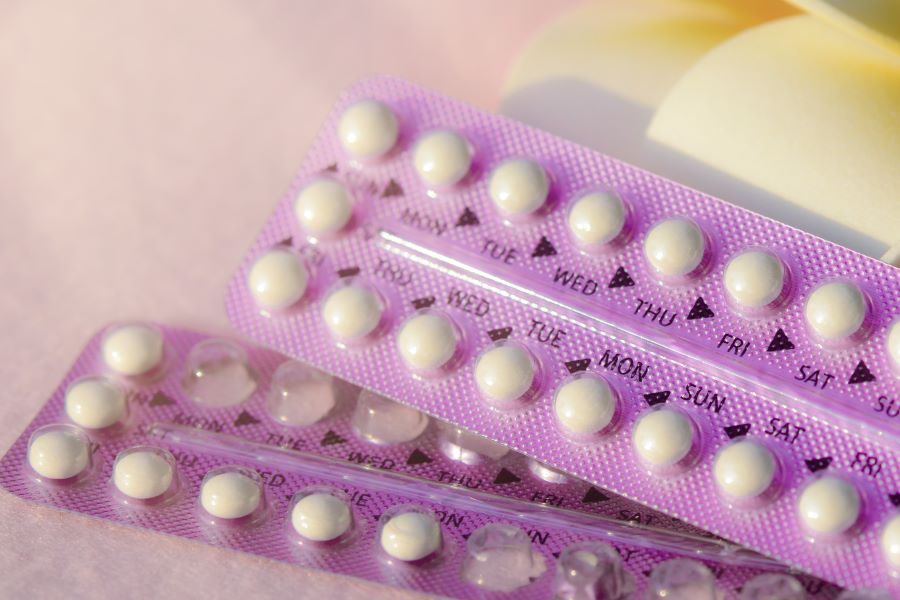Janeree is a marketing writer and a full-time furmom who…

Photo by Pablo Heimplatz on Unsplash
The statistics regarding breast cancer are chilling. According to reports, 27,163 breast cancer cases make up the total 86,484 cancer cases in the Philippines. Breast cancer is also the third most fatal type of cancer that affects Filipinos, claiming 9,926 lives in 2020.
Because of these statistics, women are eager to find out what causes breast cancer and avoid them as much as possible. This has often led to the spread of facts and myths on breast cancer, making it confusing which ones to believe. And since October is breast cancer awareness month, there’s no better time to debunk some of the most common breast cancer myths you might have heard about.
Here’s what the current breast cancer research says about common items and practices:
1. DEODORANT

Some people think that using deodorant, especially antiperspirants, can cause breast cancer. This is mainly because of the aluminum and other chemicals often found in these products, which are rumored to be absorbed by the lymph nodes and make their way to breast cells.
Others also believe that getting rid of armpit hair increases the risk of this occurring because of the microscopic cuts and wounds that happen when shaving or waxing. These nicks apparently allow more of the chemicals in deodorants to enter the body and increase the risk of breast cancer.
However, while there have been some reports that chemicals found in deodorants and antiperspirants can enter the skin and cause changes in breast cells that could lead to cancer, the research to date does not support a link between deodorant use and breast cancer risk. So, don’t be afraid to use your deodorant daily and stay fresh all day long.
2. WEARING AN UNDERWIRE BRA

When discussing breast cancer myths vs. facts, the topic of bras will always be brought up. Some believe that underwire bras can cause cancer by blocking the drainage of lymph fluid from the bottom of the breast, leading to a buildup of toxic substances in the area.
But scientific evidence does not support a link between wearing an underwire bra or any type of bra to breast cancer risk. A study done in 2014 confirmed that nothing about wearing a bra was linked to breast cancer risk, including cup size, underwire, and length per day that the bra was worn.
3. CELL PHONES

If you’ve tried carrying a cell phone in your bra or anywhere near your chest, you might’ve been told off by your mom or grandmother about it. This is because some people think that the radiofrequency radiation given off by these devices can increase the risk of breast cancer.
Although most research focus on whether cell phones increase the risk of brain cancer, keep in mind that cancer is caused by genetic mutations and cell phones emit a low-frequency energy that does not damage genes. However, it’s advisable to keep your device away from your chest area until more research is available.
4. NIPPLE PIERCINGS

Nipple piercings involve altering the appearance of your breast, which led to this breast cancer myth. Some people think that piercing your nipples damages your breast tissue, increasing your risk of breast cancer.
There is no correlation between nipple piercings and breast cancer. However, these kinds of piercings do have health risks, some of which can mimic breast cancer symptoms.
5. HAIR DYE

Dyeing your hair means using chemicals, which some think can be absorbed into your scalp and by your bloodstream and lead to your breast tissue. Using bleach to lighten your hair can apparently increase your risk of breast cancer even more.
However, researchers who reviewed data from 14 studies of female breast cancer and hair dye use published between 1977 and 2002 found that dye users had no increase in the risk of breast cancer compared to non-users. So, you’re free to cover your gray hair with hair dye or try out fun colors to increase your confidence.
6. COFFEE

The myth linking coffee consumption to breast cancer emerged from early studies that suggested a potential correlation. However, subsequent rigorous research has debunked this notion. Coffee’s complex mix of compounds, including antioxidants, appears to have protective effects against various cancers.
The earlier misconceptions likely resulted from methodological flaws and inadequate control for confounding factors. While moderation is always advisable, enjoying your daily brew need not be a cause for concern regarding breast cancer risk.
7. BIRTH CONTROL PILLS

Some studies in the ‘90s alleged that taking birth control pills can lead to an increased risk of breast cancer because of the hormones they contained. However, oral contraceptives are now formulated with lower doses of hormones, making the previous notion a myth.
As long as you know how to correctly take Althea and other birth control pills, you can manage the amount of hormones that enter your system. This can provide you with peace of mind knowing you’re protected and not increasing your risk of breast cancer.
8. SUGAR

There’s a myth that consuming too much sugar can increase your risk of breast cancer, along with other types of cancer. This is because some people believe that cancer cells feed on sugar, and with enough supply, they have everything they need to grow and spread in your body.
There is no direct correlation between sugar consumption and the development of cancer cells. However, you need to keep in mind that consuming too much sugar can lead to obesity and diabetes, both of which have been linked to a higher risk of breast cancer.

Photo by Jet Tagasa
Feeling better now? Believe it or not, there are more reasons to feel optimistic about breast cancer prevention and care in the Philippines.
According to Dr. Christina Galvez medical oncologist at St. Luke’s Medical Center Global City, “There are a lot of treatment options available now which can be personalized according to patients’ needs, unlike 15-20 years ago’. Add in the recent signing of the National Integrated Cancer Control Act into law and Filipinos now have access to better and affordable cancer care.
This paves the way for new, innovative treatment options such as Biosimilars – medicine that come from living cells. These are medical products that have to undergo a rigorous clinical testing process to demonstrate efficacy and safety in improving survival in both metastatic and early breast cancer but at a significantly lower cost.
“Now that Biosimilars are coming in, expanded and timely access to highly effective cancer treatment is now possible for a greater number of patients . . . and bringing us closer to the goal of cancer cure” Dr. Galvez, concluded.
Another good news you should know about is the Magna Carta leave, which covers all gynecological disorders. So, if you ever need to get treated for breast cancer, you won’t have to worry about your job security and income loss.
What's Your Reaction?
Janeree is a marketing writer and a full-time furmom who enjoys trying out new things and exploring exciting hobbies.
